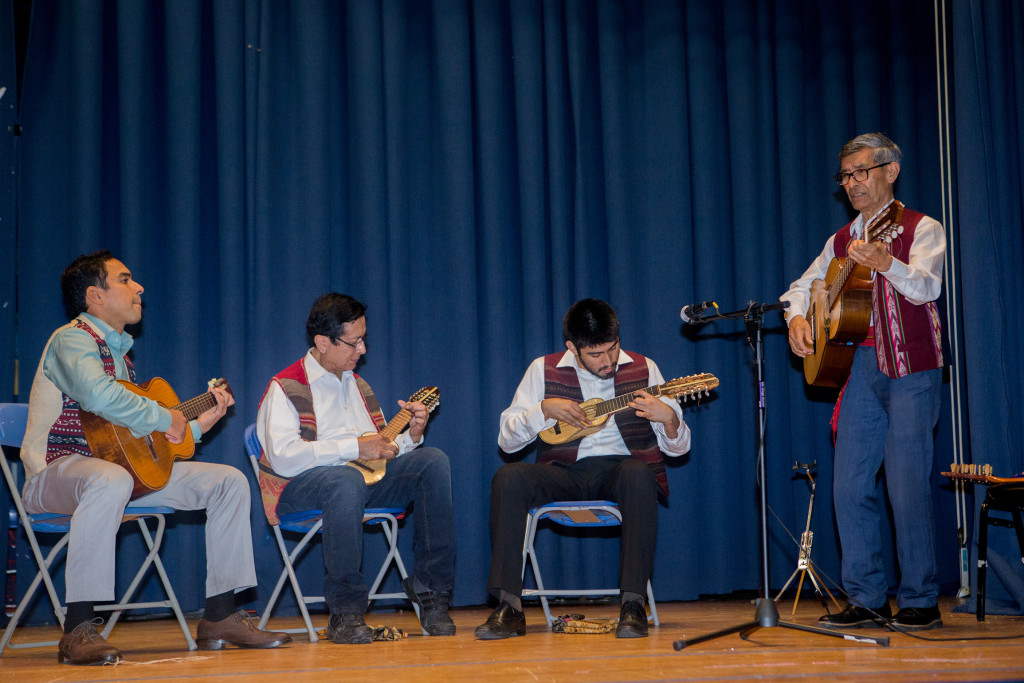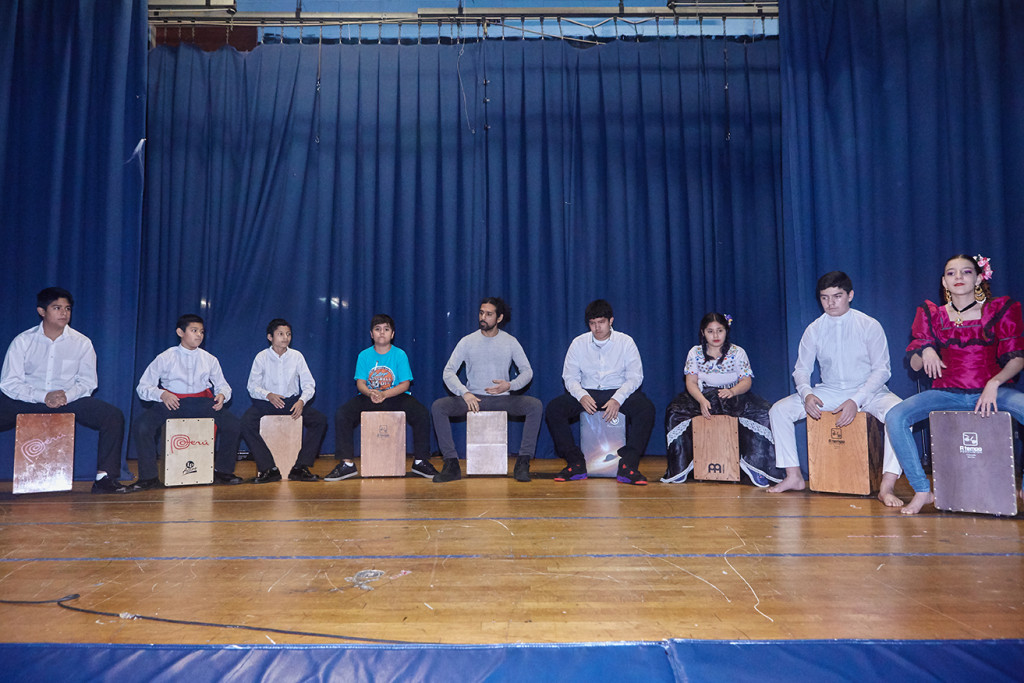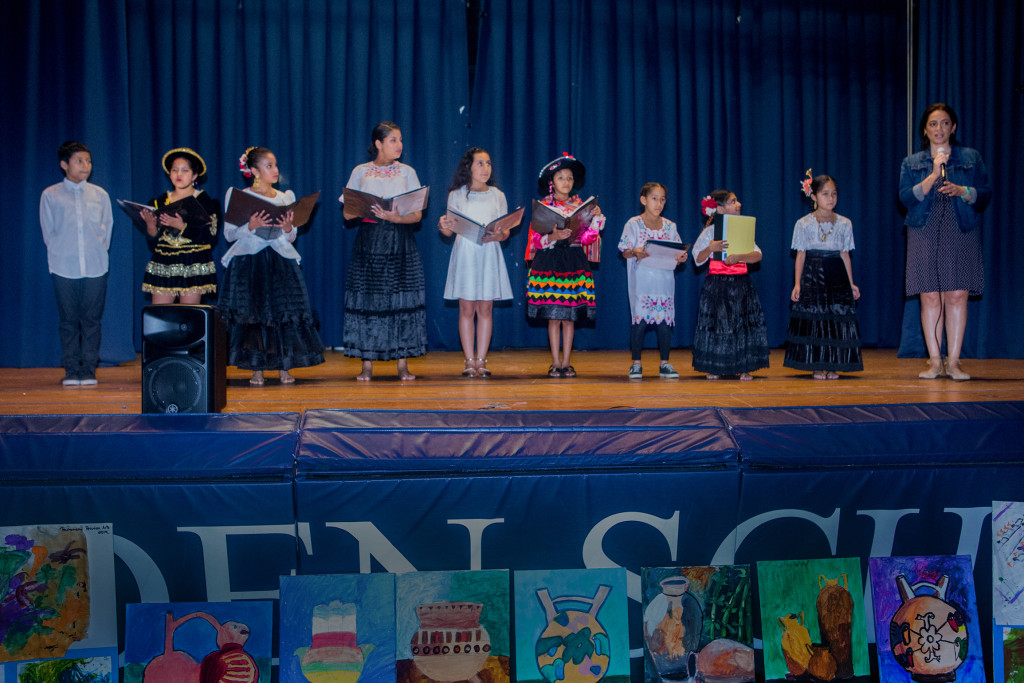Music
Pachamama Peruvian Arts offers weekly instruction free of charge to children ages seven to fourteen in dance forms such as the marinera limeña and norteña, festejo, and huayno, as well as musical instruction on the cajón (box drum), antara (Andean panpipe), and charango (Andean guitar). Our class schedule changes every semester to offer our students a chance to explore the vast cultural forms of Peru. Some 1500 musical genres are performed throughout the country!
Antara
A pre-Columbian wind instrument from the time before the Incas, the traditional antara was tuned to different scales; at present antaras are tuned to the pentatonic scale (five-note scale). Modern panpipes offer the complete scale in order to accommodate just about any kind of music and to suit commercial interests. Theantara is played mostly in the northern Peruvian Andes and in Ecuador. In the Andes, you will hear the antara played for farming activities, social events and to accompany regional dances.
Cajón
A simple wooden box with a sound hole in the back, the cajón probably developed in the 1800s and became popular during the 1850s. The cajónprovides rhythmic accompaniment for all kinds of coastal music, includingmarinera limeña and the complex rhythmic structure of Afro-Peruvian festejo. Today, the Afro-Peruvian sound is one of Peru’s most popular traditional forms following a 1950s revival launched by poet, composer and musicologist Nicómedes de Santa Cruz along with founding member of Peru Negro, Ronaldo Campos de la Colina.
Charango
Charango is a small Andean guitar featuring ten strings. The charango’sresonance box is traditionally made from an armadillo shell, but it is also often made of wood. This instrument is very popular in the southern Andes, especially Puno, where it is used in ceremonies and other occasions.
Quena
The quena (or kena) is an open-ended notch flute and perhaps the most recognized wind instrument in Peru from pre-Hispanic times. Tones are made by blowing across the notch at the top and covering the five or six finger-holes in the front and/or a seventh thumb-hole in the back. Originally this instrument was made of bamboo but many musicians now use a wooden version which is less likely to split. The quena originated in Peru and later spread throughout Andean region into Bolivia and Ecuador. The Peruvian-style quena is tubular and completely open on the bottom. Pachamama Peruvian Arts students use a Peruvian-style wooden flute tuned to 440 Hz.
Chorus
Traditional Peruvian songs.
This post is also available in: Spanish



 English
English  Spanish
Spanish 
